Mix humongous trees, big caves, rivers, and powerful waterfalls, and sprinkle a generous dose of wildlife. There you have it, the recipe for a taste of Belize.
For a sample, head to Belize’s national parks to explore its hiking trails. Venture inside the many caves where early Mayans performed sacred ceremonies more than a thousand years ago and see hundreds of species of plants, birds, reptiles and amphibians in its gardens
The abundance of nature is one of the things that is so great about Belize.
Disclosure: This post contains some affiliate links. If you make a purchase through those links I will earn a commission at no additional cost to you (zero, nada). To check the full disclaimer, click here.
This is where to go to experience it.
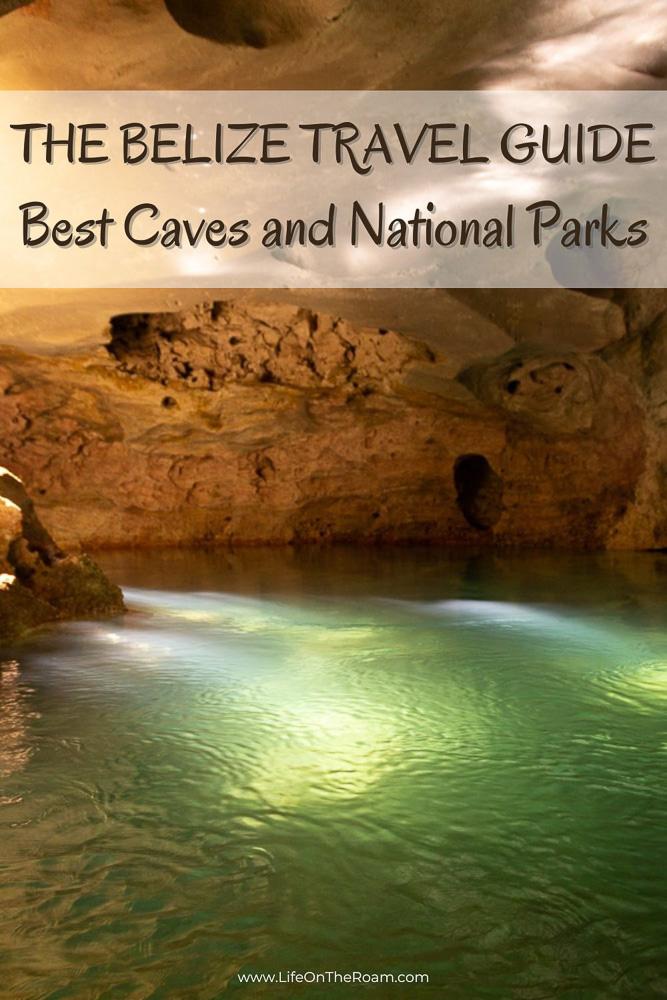
Table of Contents
Guanacaste National Park

A guanacaste is a tree that can grow more than 130 feet and was used often to make dugout canoes.
You can see these giants and many others along the hiking trails at the Guanacaste National Park. A small park where you can also see more than 200 species of birds -such as collared aracaris, keel-billed toucans, and woodpeckers-, as well as howler monkeys, and agoutis.
The observation deck is an excellent spot from where you can also enjoy great views of the Belize River. The same long river that connected villages to the Caribbean sea back in the mid 20th century, when there were only a few roads in the country.
If you want to swim in the river follow the signs to the platform.
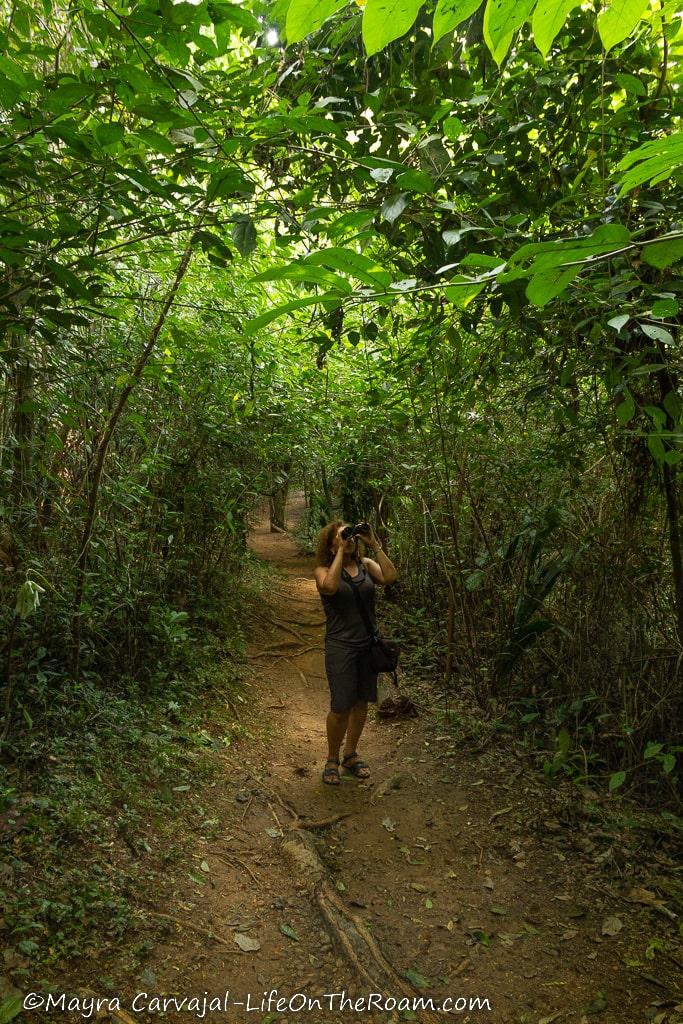
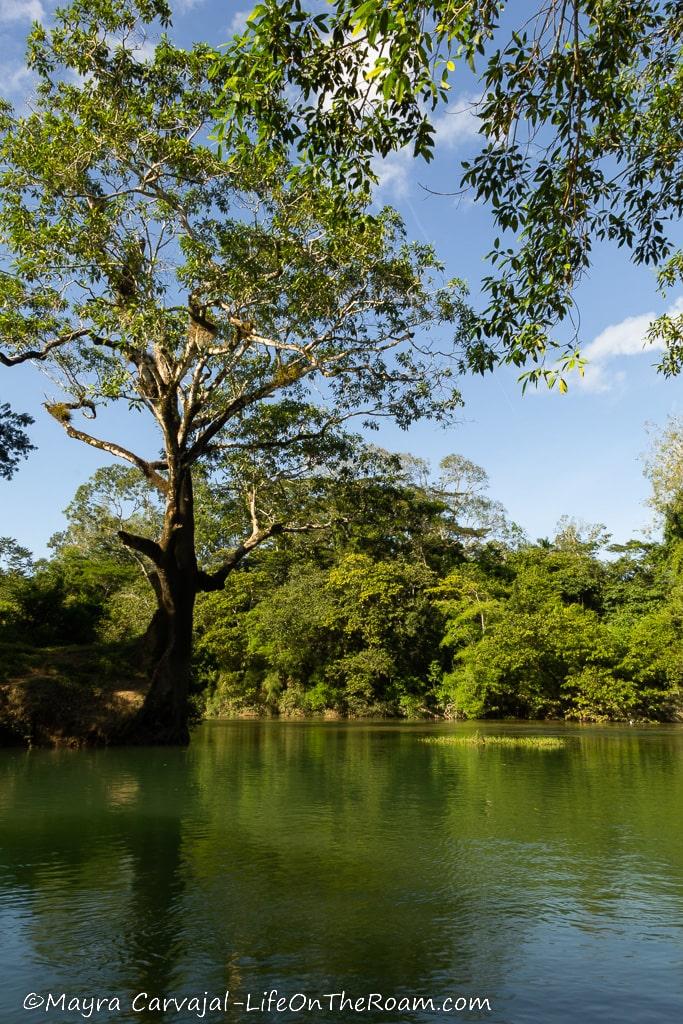
Guanacaste National Park entrance is located at the roundabout connecting the George Price Highway (Western Highway) and the Hummingbird Highway (at Belmopan). Open daily: 8AM-4:30PM. General admission: BZE$5
Belize Botanic Gardens
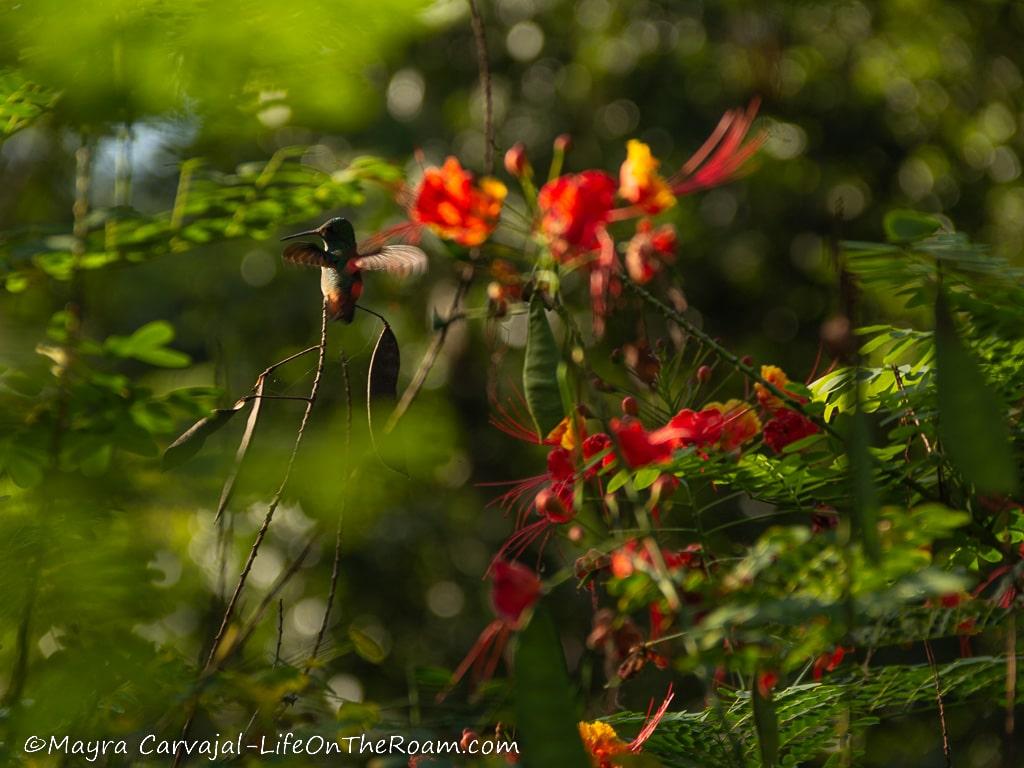
In this 45-acre garden you can find several trails with interpretive signs describing how early Mayans used trees and plants in their daily life.
See how they used nature as their Walgreens at the Medicinal trail and learn how they used the trees, vines, rocks and soil around them to build their houses.
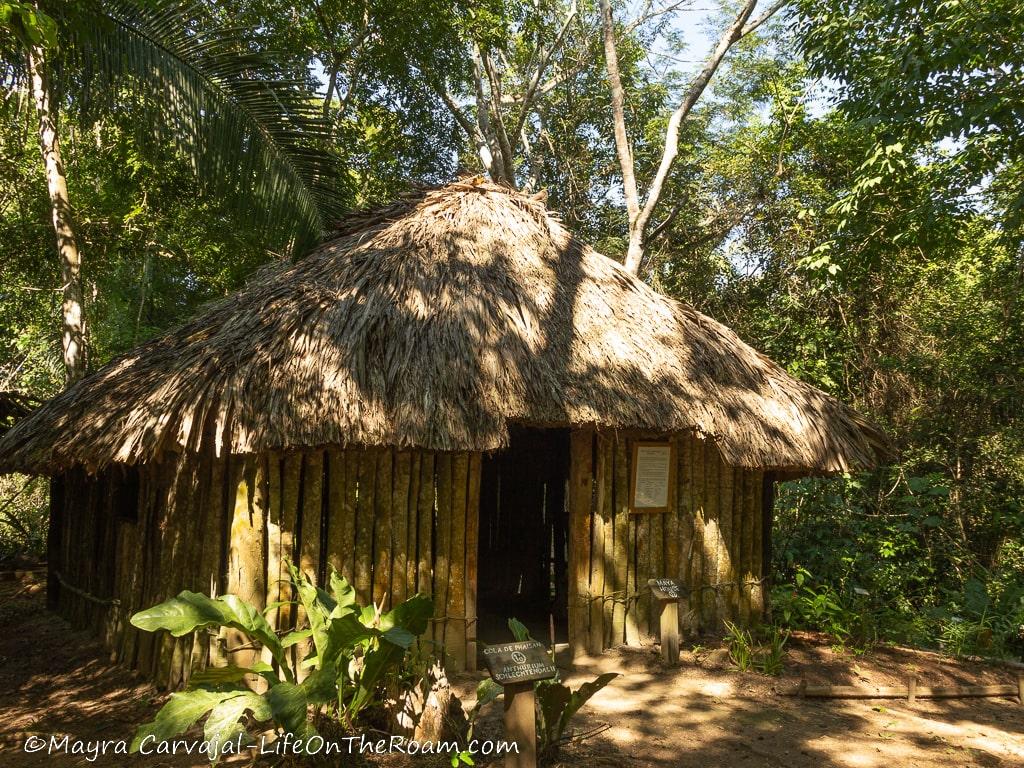
Check out the bamboo forest and walk through the mahogany and allspice trees in the rainforest before going up the fire tower for a wonderful aerial view.
You can also see over 120 species of palms (of which a third are native to Belize), including Cycads.
Cycads are palms that are as old as dirt and at the brink of extinction. Shrinking of their habitat and collectors taking whatever few are left to decorate their private gardens make this a rare sight. International laws are now in place to protect them.

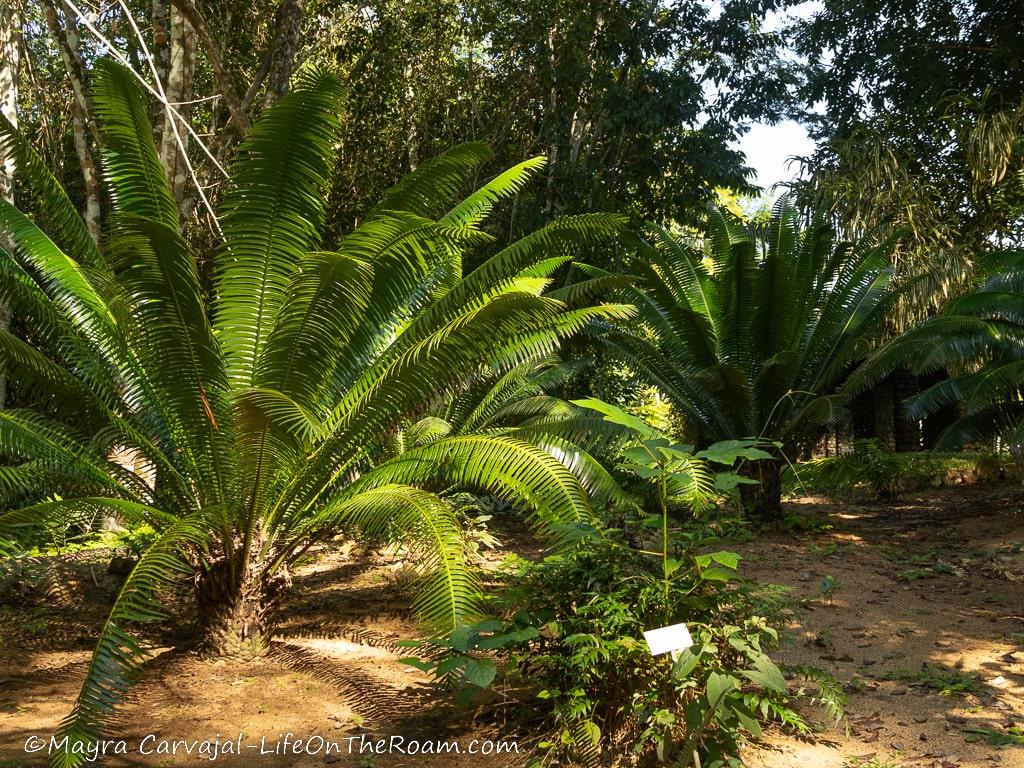
And for a colour explosion don’t miss the orchid house and the Zingiber Alley where you can see heliconias, gingers, birds of paradise, and all sorts of ornamental flowers that look like a sceptre ready for a coronation ceremony.
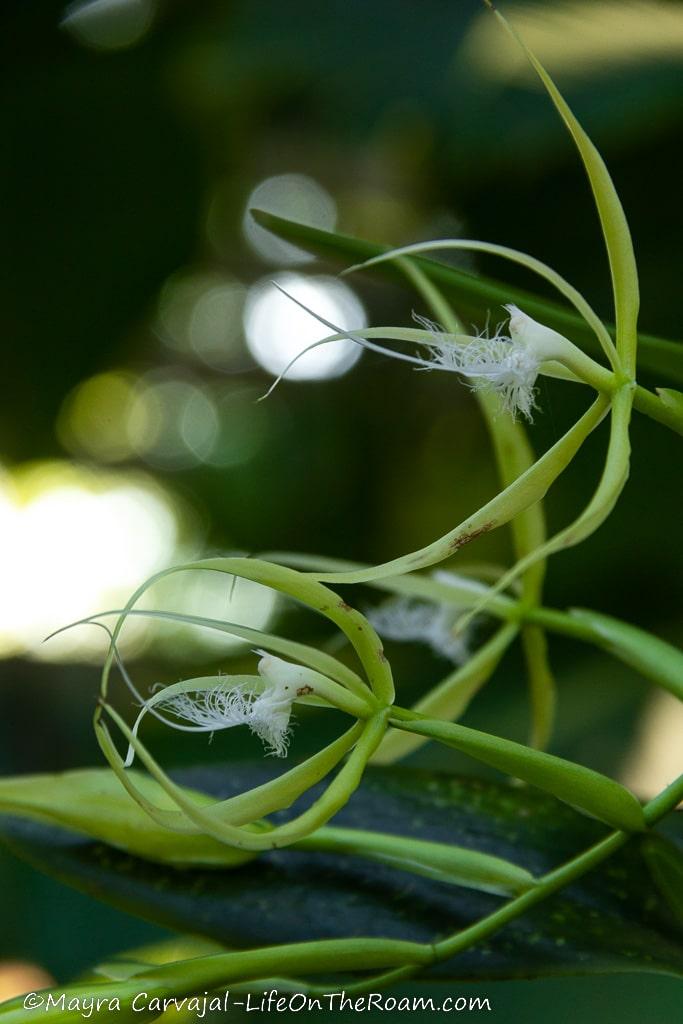
The butterfly garden adds even more colour, with hummingbirds flying at the speed of light everywhere.
Look for the picnic tables near the visitor centre, bring your own lunch, and enjoy a meal with a one-million-dollar view.
Belize Botanic Gardens
Open daily: 7AM-4PM; General admission: US$ 7.50; Guided tours available for an additional fee.
Nohoch Che’en Caves Branch Archeological Reserve

The Caves Branch River formed a series of limestone caves used by the Mayans for sacred ceremonies many moons ago. The system is so big that it hasn’t been entirely explored.
For now, only nine caves are accessible to the public (some may not be open during the rainy season due to flooding). More than enough for a fun day of adventure, cave tubing and walking among magnificent natural formations.
Booking a tour with a licensed guide is required to enter the site. We had a great experience with Cavetubing.bz (please note that this is NOT a sponsored review: we paid for the tour and I wasn’t paid to write this or asked to write about it).
The guide was knowledgeable and took his time to show us all the beautiful details of the caves while explaining how they were formed, and teaching us about the flora and fauna of the reserve.
We floated on the crystal clear waters of the Branch River, seeing how deep turquoise tones emerged before entering the caves. It was exciting to cross the vine-covered gargantuan entrance of the dark caves to slowly reveal with a flashlight the thousands-of-year-old, tunnel-like formations and rugged textures while bats fly around in a frenzy.
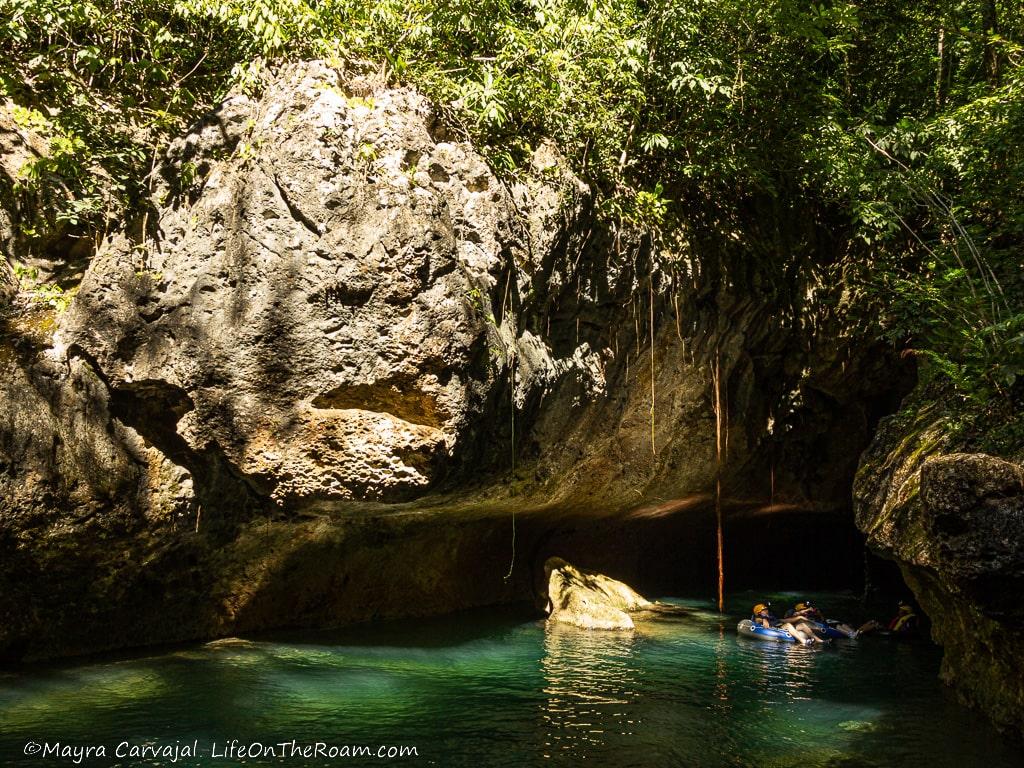
I loved the magical spots where the sun comes through openings, creating a glow inside the curved walls and the illusion of underwater spotlights.
Entering the crystal cave was one of the highlights of the tour. The calcium carbonate petrified falls sparkle like diamonds under the flashlight, with ribbons of “cave bacon” (also called cave draperies) hanging from the top.
You can also see some ancient pottery from the time when early Mayans performed ceremonies inside the caves, which they called Xibalba (the underworld).
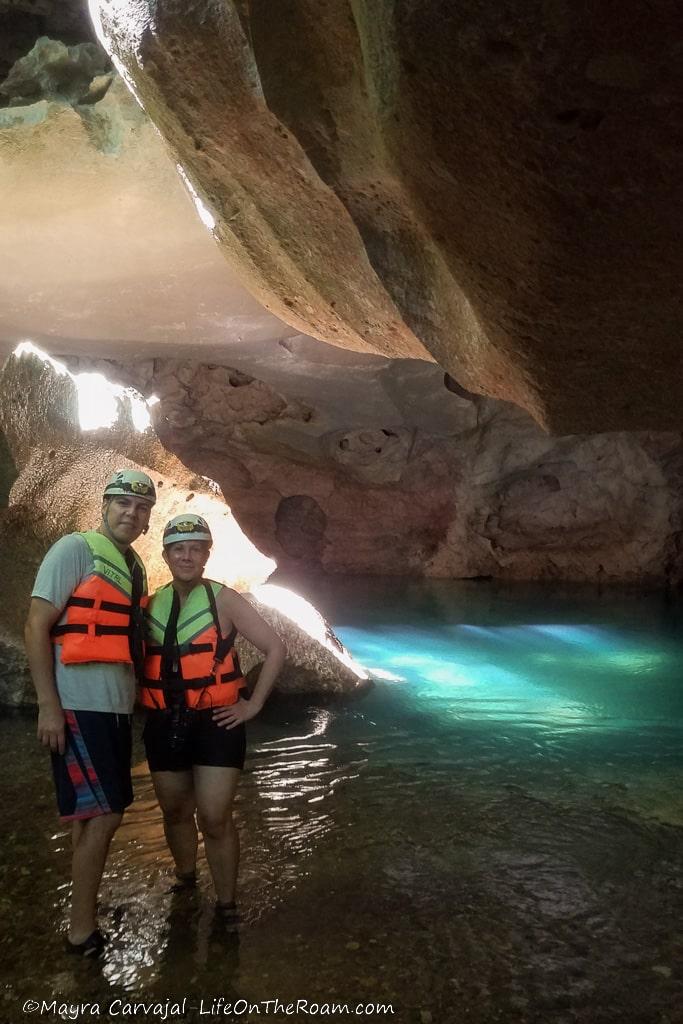
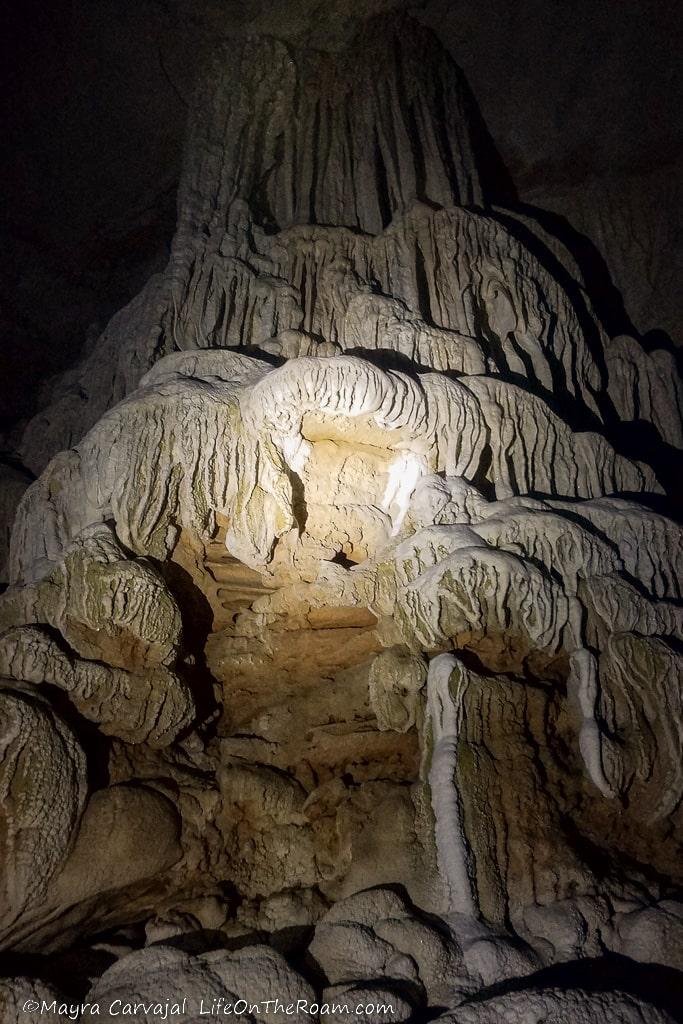
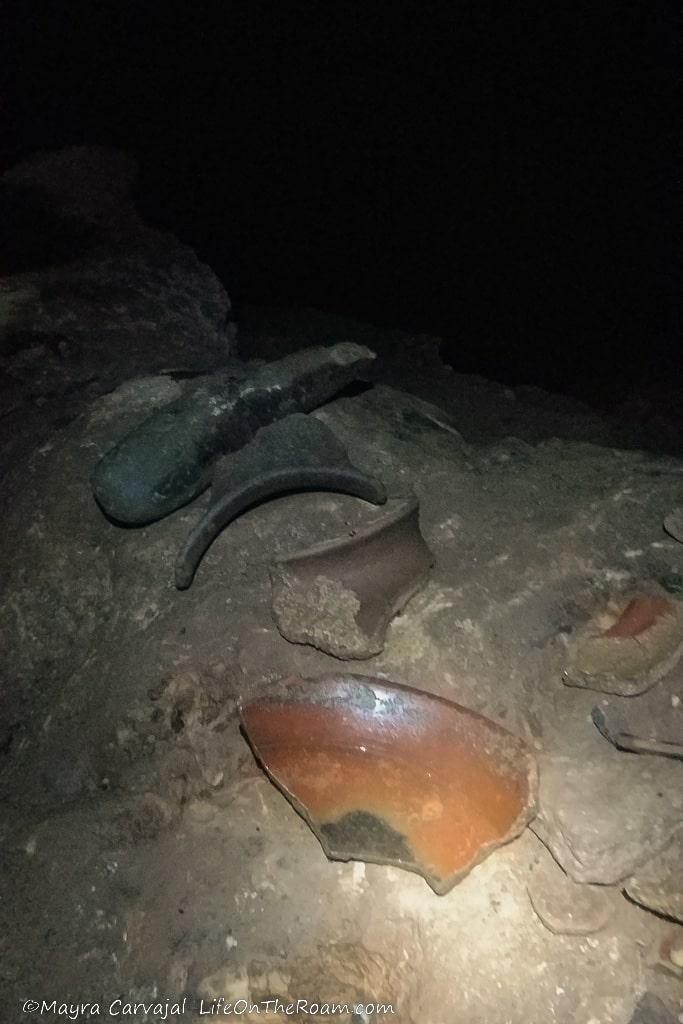
The local tour agency we chose for this tour also has a fantastic ziplining course (Zipline.bz) in a nearby property where you can walk among a forest of native trees.
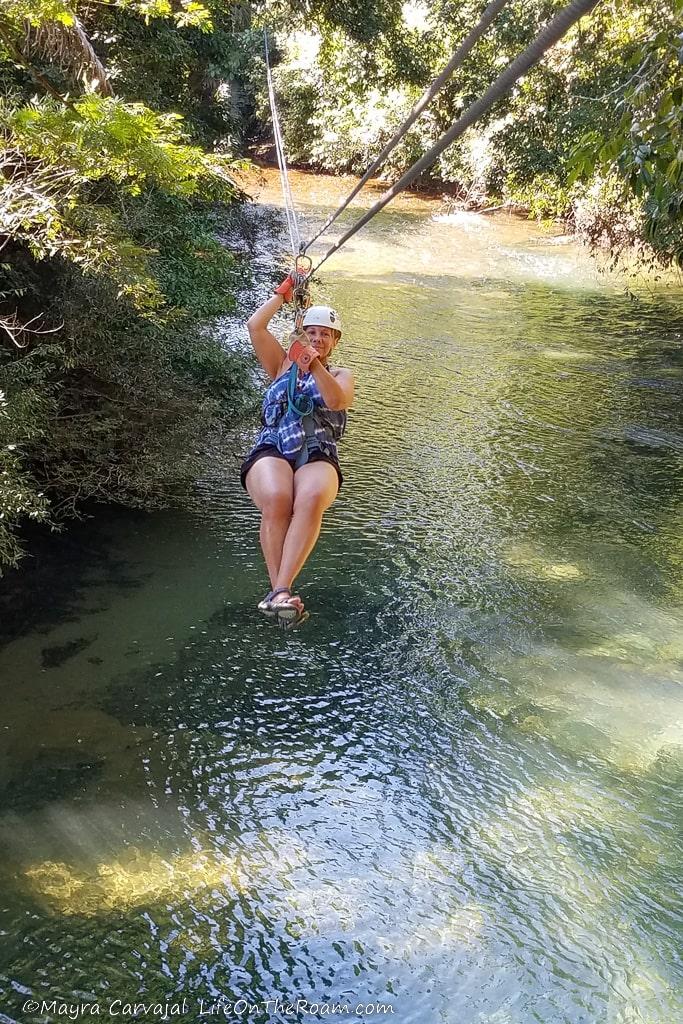
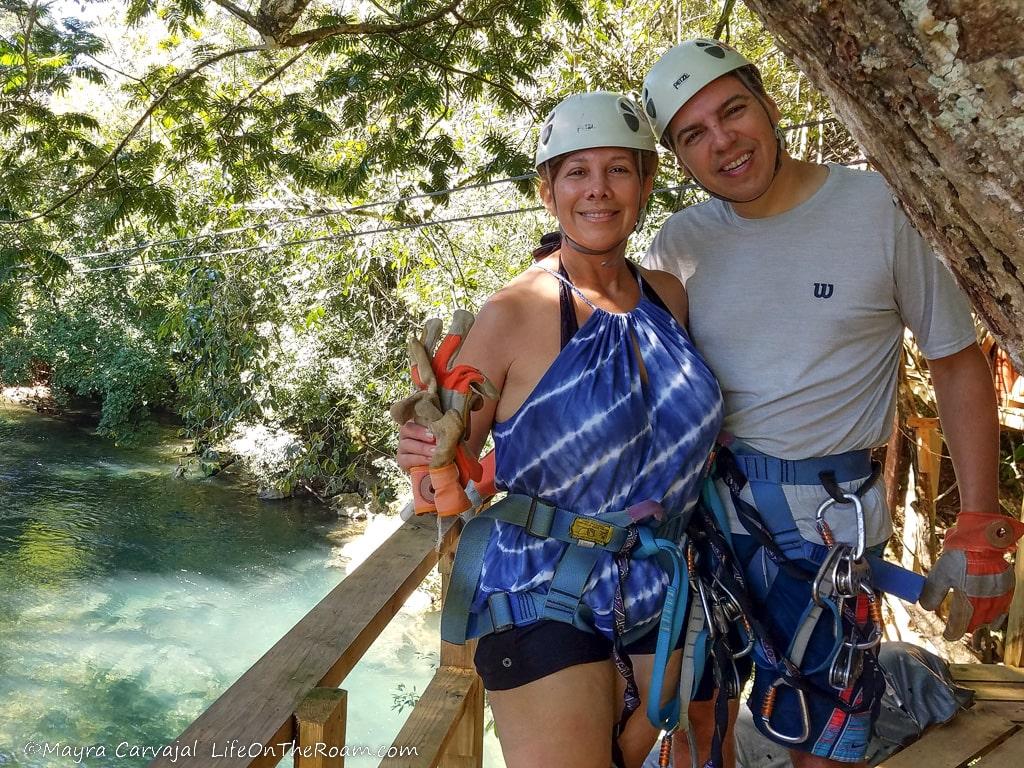
If you want to take their tour (highly recommended) make a reservation and combine cave tubing with ziplining. If you’re driving to their site (located on the same road leading to the reserve), ignore the sellers standing at the edge of the highway trying to lure you away.
The road to Nohoch Che’en Caves Branch Archeological Reserve is off George Price Highway (Western Highway) between Belmopan and Belize City (at mile 37).
St. Herman’s Blue Hole National Park
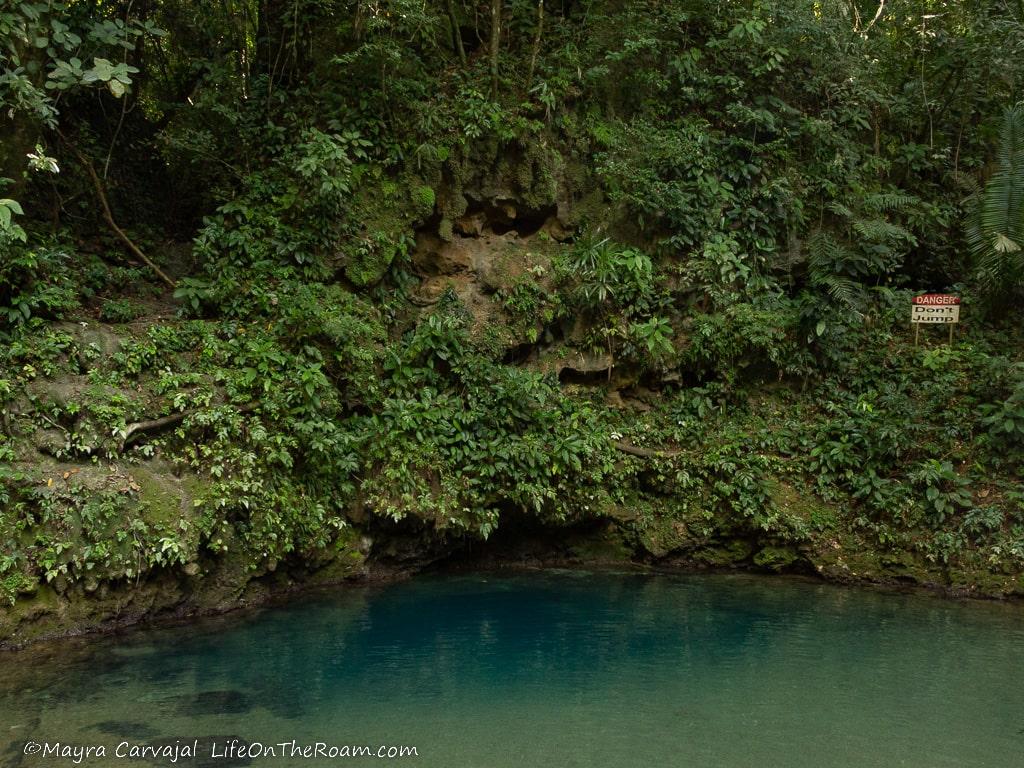
Also known as “the inland Blue Hole”, this is not the Blue Hole Natural Monument (Great Blue Hole) you find in the Caribbean Sea at the Lighthouse Reef atoll.
The St. Herman’s Blue Hole National Park may owe its name to a cenote (a collapsed sinkhole) fed by an underground spring where sapphire hues invite you to take a plunge. But there’s more to explore in this park, located in the Maya Mountains Massif.
Two interconnected main loops take you through a dense forest managed by the Belize Audubon Society and thriving with wildlife, where you can stop at three cave entrances. The trails going up the mountain are moderate, mostly rocky, and slippery at times.
The St. Herman’s Jungle Trail is a loop about one hour long with a great view at the top of the Highland Trail. Halfway you’ll find a short spur leading towards the access to St. Herman’s Cave.
After you take the steps down towards the imposing cave entrance you can walk the first 200 yards of the nearly half-mile-long cave by yourself (bring a flashlight or rent it on site), or hire a guide to see it all (and tube on the way back), including ancient Mayan artefacts.
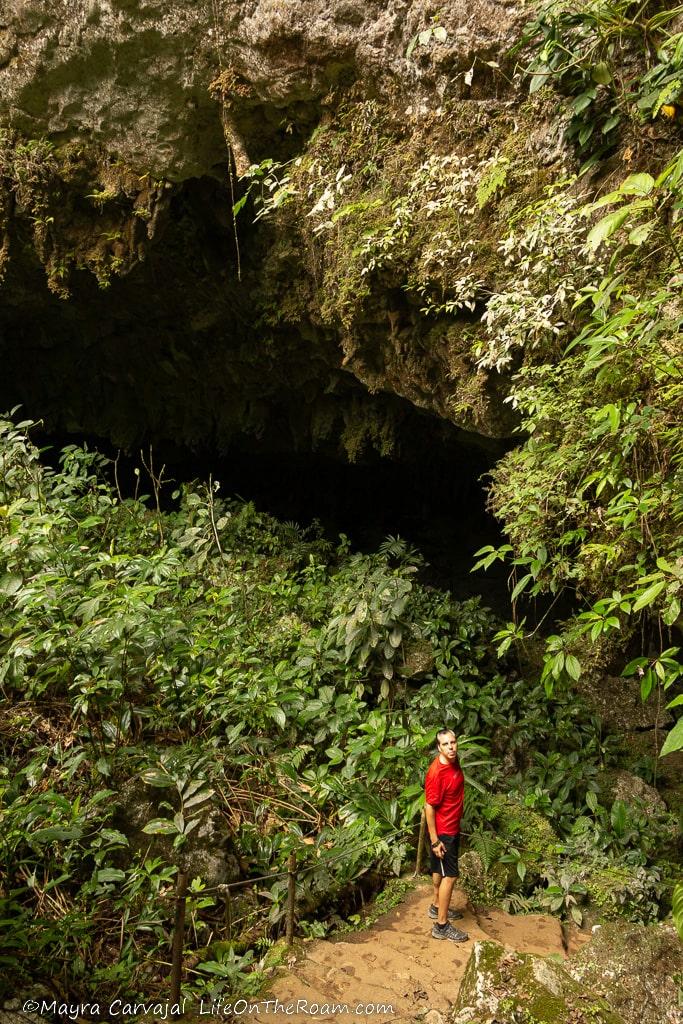
From St. Herman’s entrance, you can also connect to another loop and do the long trail (three hours), where you’ll find St. Herman’s cave exit and another spur leading to the Crystal Cave, also known as Mountain Cow Cave. To see the shiny formations of the latter you must book a tour.
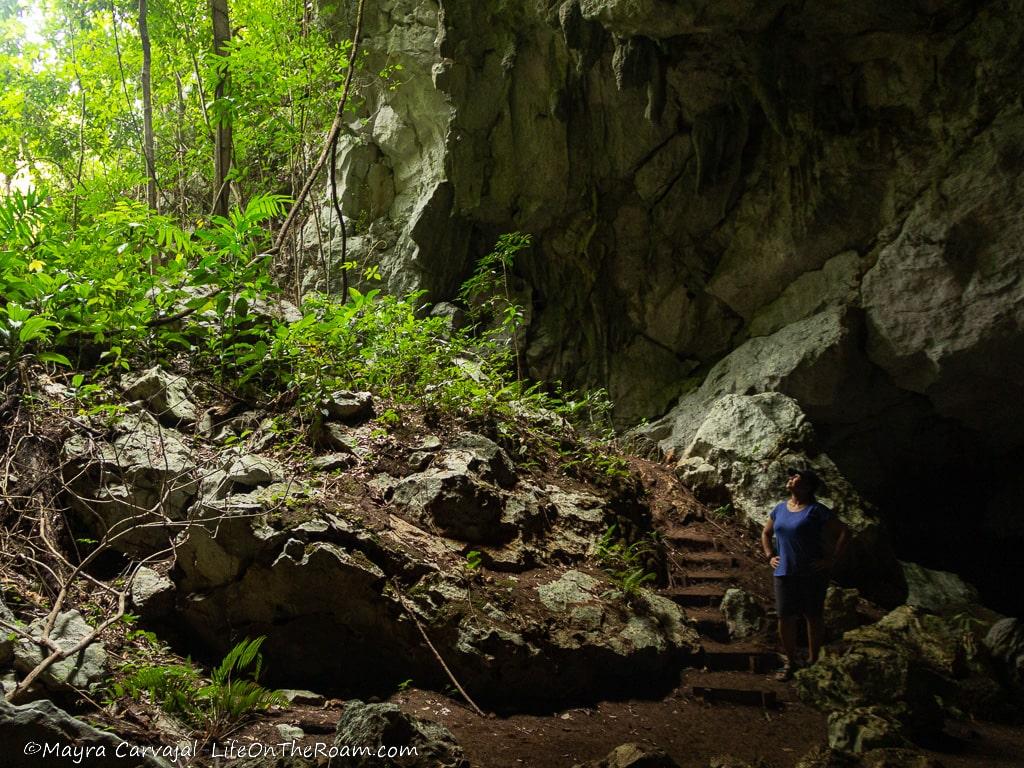
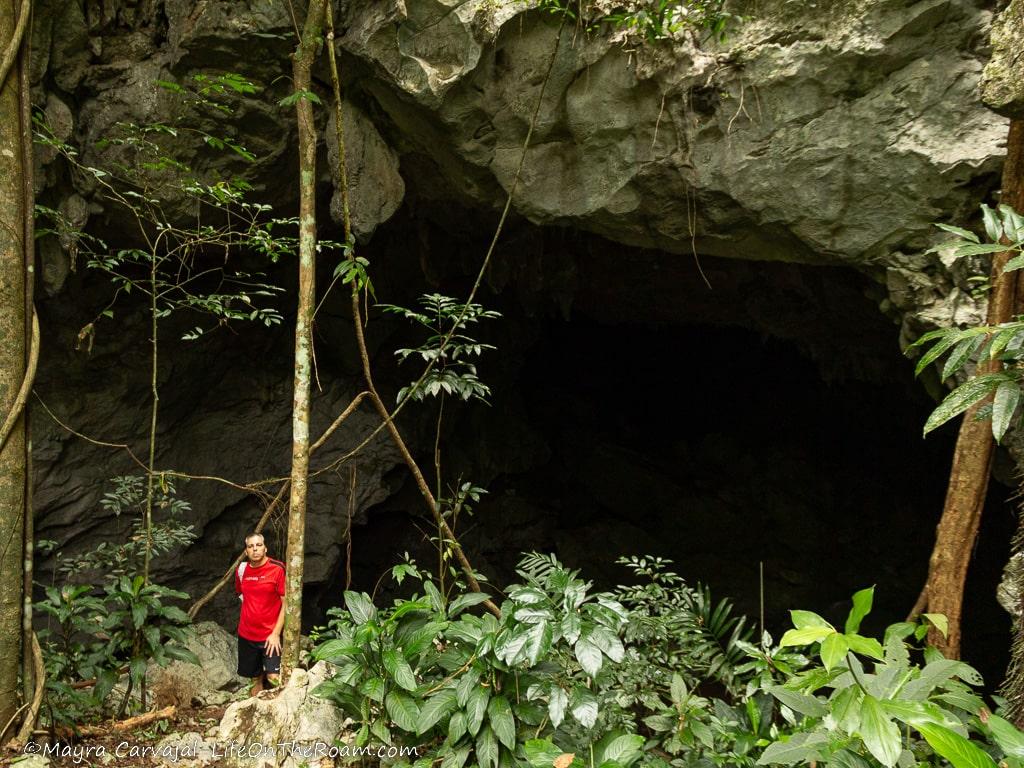
Explore the Crystal Cave and Inland Blue Hole National Park: this full-day tour is for you if you’re looking for an adventure as it’s physically demanding (but rewarding when you see the shiny formations). Swim in the Blue Hole and enjoy lunch and rum punch.
Book this tour, with a 100% 5-star rating based on nearly 15 reviews.
If you prefer to stay above ground, this is a great bird watching spot where about 300 species of birds have been recorded: falcons, hawks, toucans, hummingbirds, and more. On the ground you can look for more than 40 species of reptiles and amphibians.
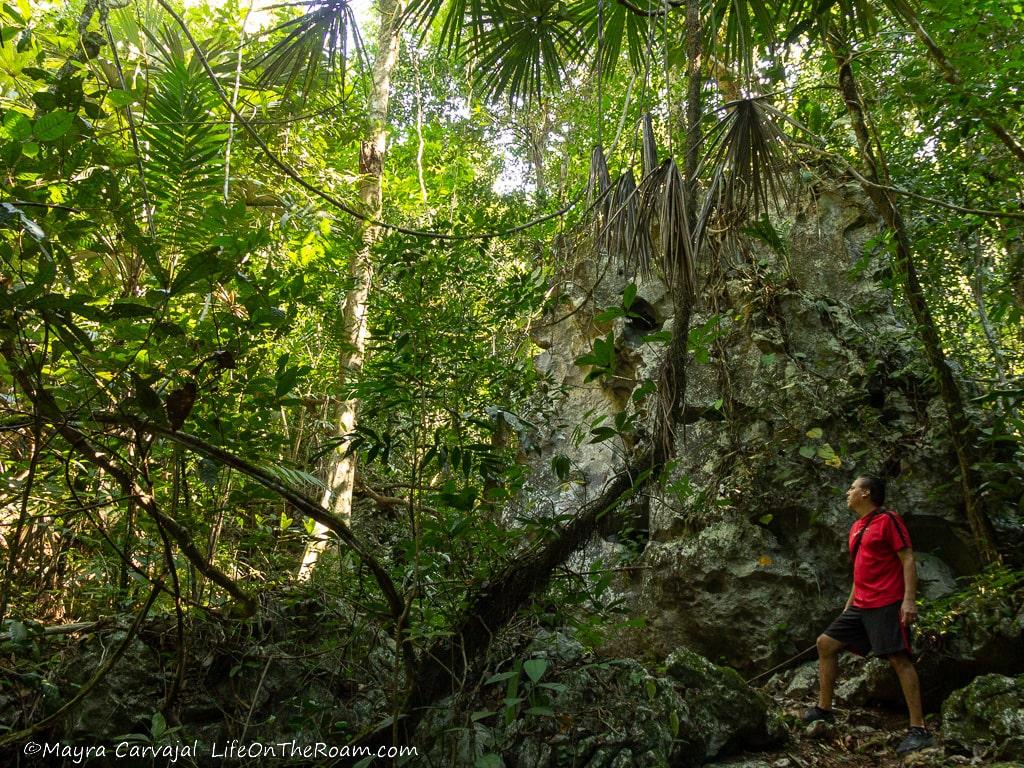
There’s a picnic area and a small visitor centre where you can learn about the geology and wildlife of this gorgeous site. Restrooms and changing rooms available.
St. Herman’s Blue Hole National Park is located off the Hummingbird Highway, 12 miles southeast of Belmopan. Open daily: 8AM-4:30PM; General admission: BZE$ 8.
Mayflower Bocawina National Park
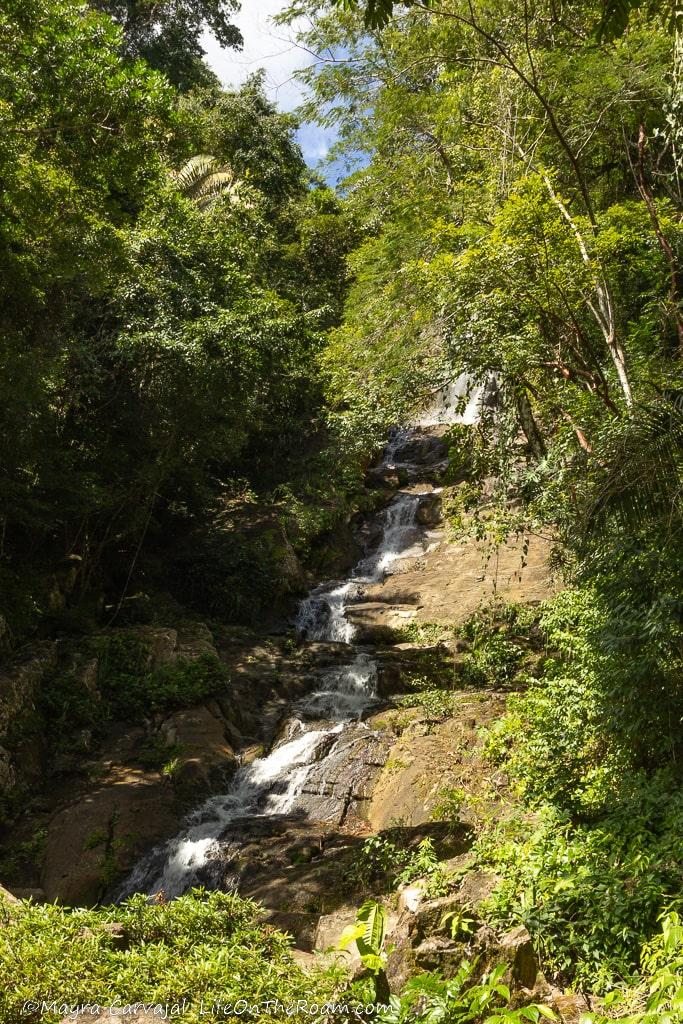
Mayflower Bocawina National Park is one of the most beautiful and biggest parks in Belize, spanning across 7100 acres of glorious greenery.
We only had time to do two trails, starting with the Antelope Trail leading to the Antelope waterfalls.
It’s a steep course where you can have fun posing behind ribbon-like tree roots almost 6-feet tall and hanging on to ropes to pull yourself up. Be aware that the trail is almost non-existent in some sections and you must use the ropes to cross.
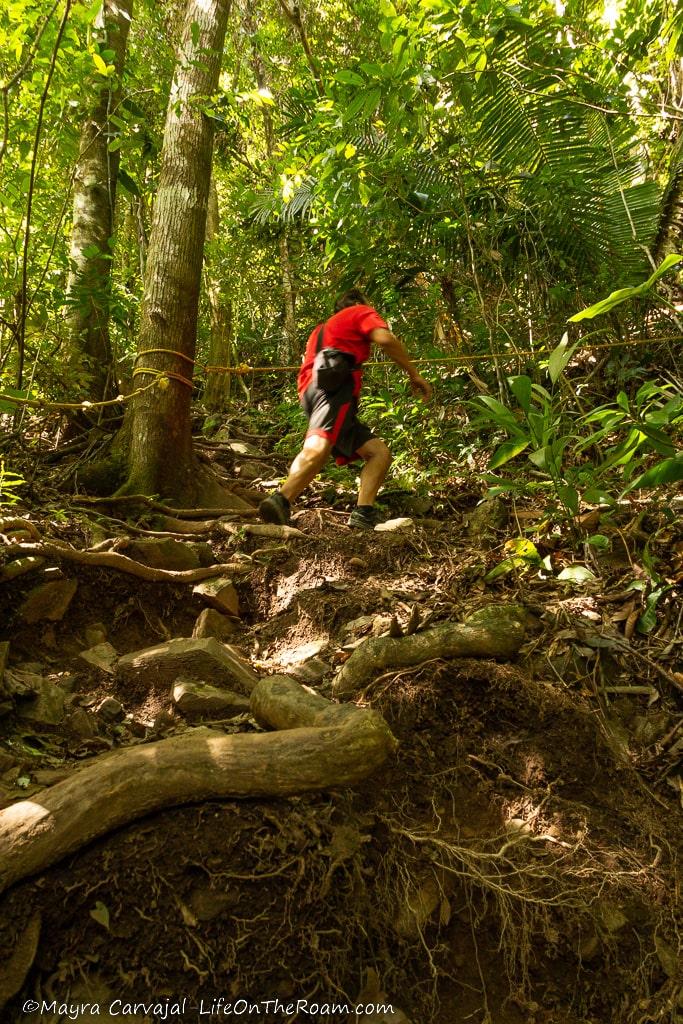
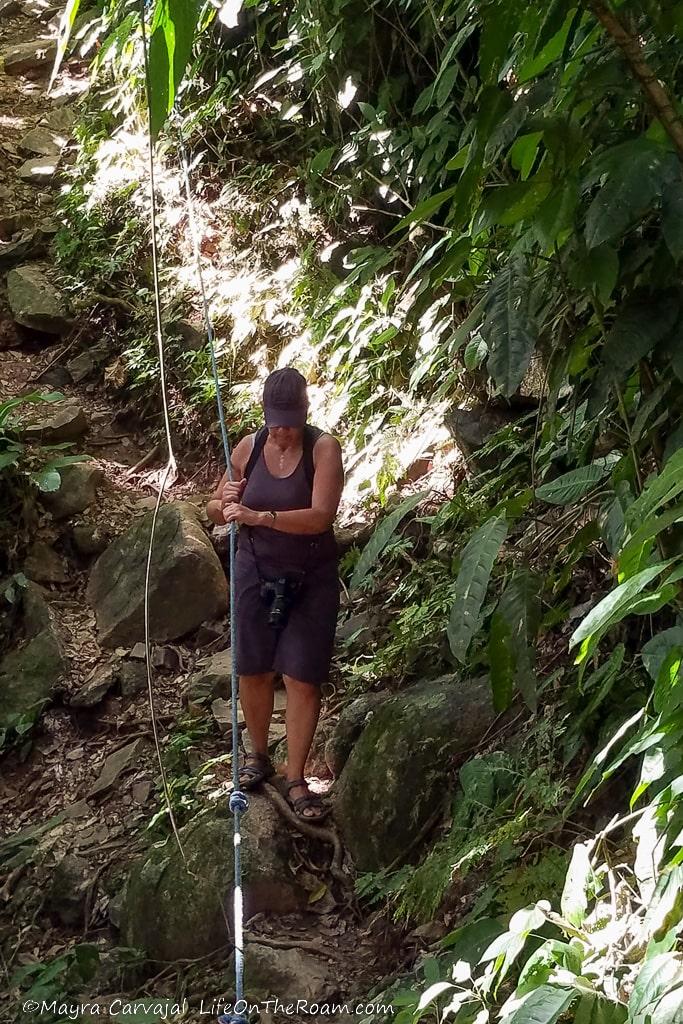
The trail ends with an awesome view of the Maya Mountain Massif at the top of the waterfall.

On the way down we stopped at a natural swimming pool with a small cascade in a picture perfect setting.
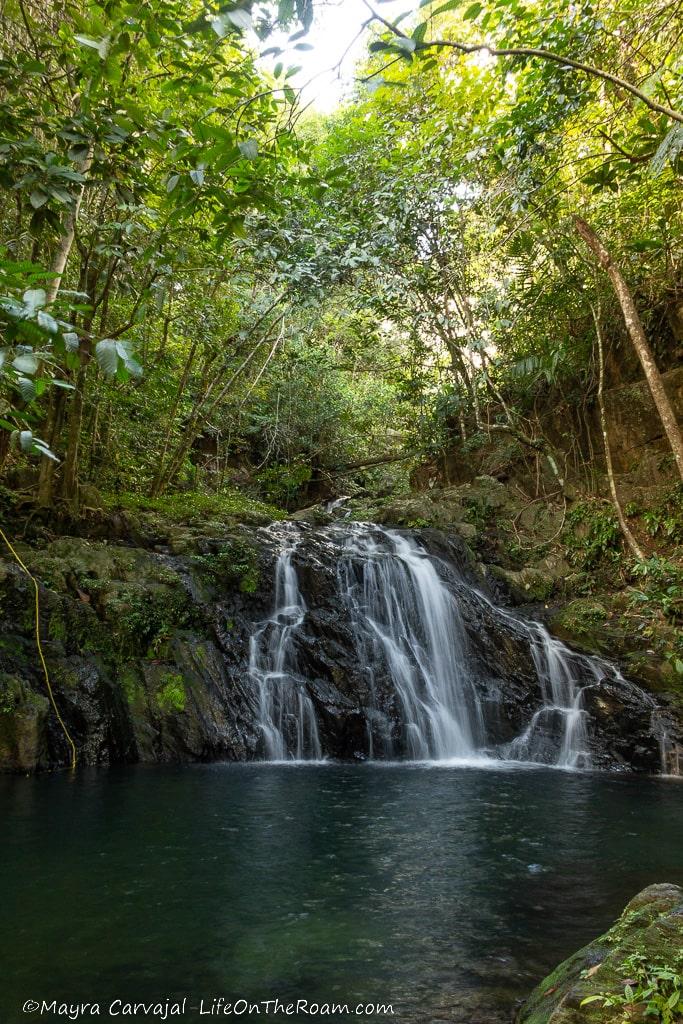
Right after, we did the New Waterfall Trail. Once we reached the creek we followed along until we stood in front of a beautiful waterfall. It may not be the most spectacular we’ve seen in our lifetime but, combined with the surroundings, it makes a memorable image.

There are more waterfalls to explore (Bocawina, Three Sisters, Peck Falls), Mayan sites to visit, and camping grounds to stay overnight. You can also zipline (even at night), rappel on the side of a waterfall, or join a bird watching tour.
For a quick change of scenery, go to the beach in the nearby town of Hopkins, which makes is an excellent place to stay near Mayflower Bocawina National Park.
Mayflower Bocawina National Park
Mayflower Bocawina National Park is located in the Stann Creek District, four miles off the Southern Highway. Open daily: 8AM-4PM; General admission: US$ 10
The ATM Cave (Actun Tunichil Muknal)
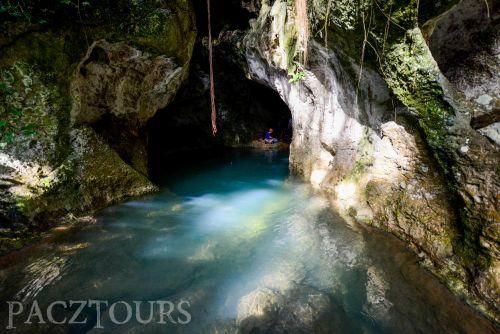
National Geographic was on the search for the top sacred places of a lifetime when they stumbled upon the Actun Tunichil Muknal Cave (the Cave of the Stone Sepulchre) in Belize.
They were so impressed that they ranked it #1. I was impressed too and so have been many travellers as this is one of the top things to do in Belize, with people even taking a break from their stay in San Pedro to do the tour (you must go with a guide).
Once you do the easy hike to the site and swim to the entrance of the cave system you’ll walk, squeeze, and climb your way through dazzling formations until you reach the main chamber. Here you’ll see artefacts used by the Mayans in sacred ceremonies dedicated to the gods.
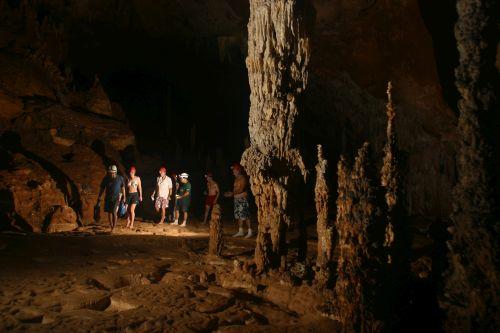
Beside dozens of pottery objects you’ll see bones, skulls, and the Crystal Maiden: the sparkling, calcite-covered skeleton of one of the many people whose death was offered to the gods in exchange for prosperity.
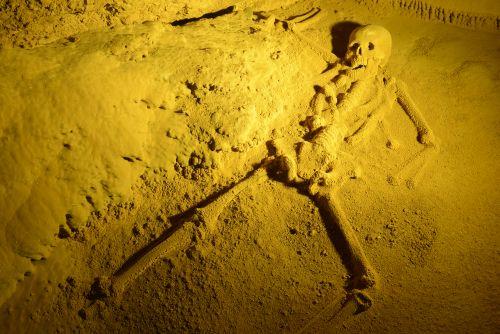
Check out my blog post about what to expect at the ATM Cave tour and decide if this is for you.
The ATM Cave is located off the George Price Highway (Western Highway) between Belmopan and San Ignacio.
Mountain Pine Ridge Forest Reserve
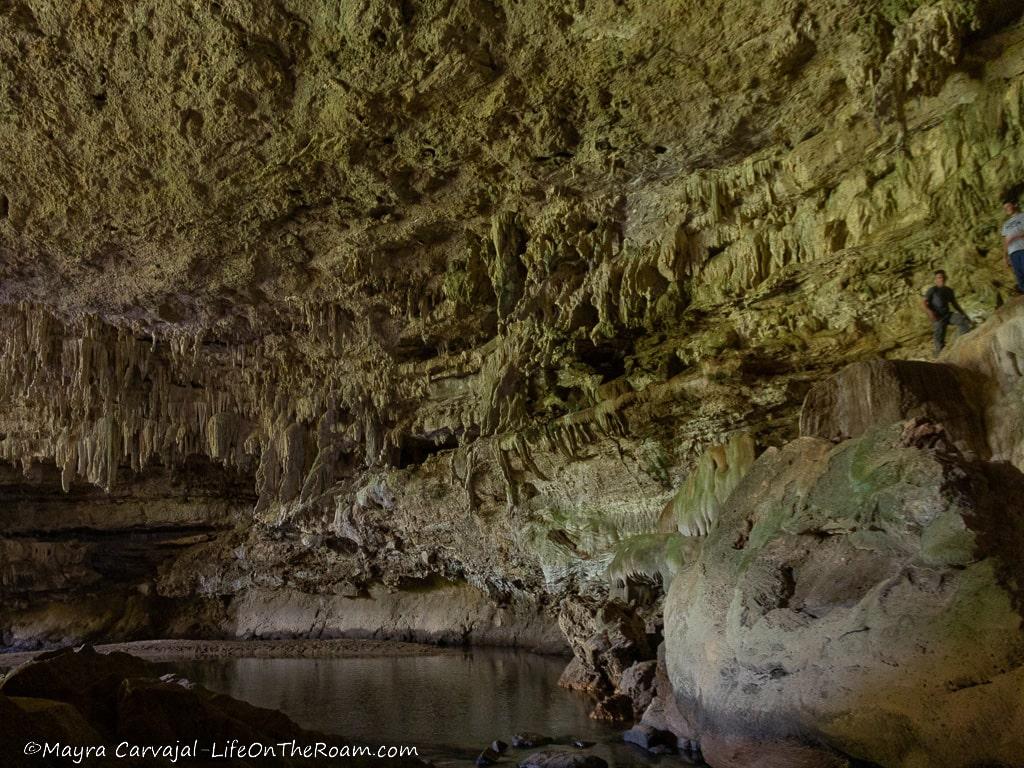
This is another world within Belize. Right before your eyes the landscape goes from giant palms and tropical trees to a pine forest.
It also comes with a slight drop in temperature, allowing you to take a break from the heat.
What remains unchanged is the jaw dropping scenery composed of waterfalls, natural pools, mountain views, and massive caves like the Rio Frio Cave (you can’t miss that one, see pic above).
It was one of my favourite places in Belize. Read my blog post about the Rio Frio Cave and the reserve where I go in depth about all the amazing things you can do here.
The closest big town is San Ignacio, or you can stay at a lodge within the reserve.
How Do You Get Around in Belize?
The best way to travel around Belize is by car.
Public buses with low fares connect the major towns and can drop you in the highway at the entrance of some parks, like the Guanacaste National Park and the St. Herman’s Blue Hole National Park, where the access is right off the highway.
But for some others the entrance is several miles away from the main highway. You’ll either need a car or you’ll have to arrange a tour.
If you decide to rent a car in Belize I recommend picking an SUV. The main highways are in good condition, but the rural roads are a mess and impassable in a regular car, especially after raining.
Compare rental car rates with Rental Cars
Nature is wild here so you’ll be up for scenic rides when driving around.
Belize is one of the best destinations in the world for nature and outdoor lovers. Armed with waterfalls and caves and larger than life trees, this small country will go after your adventurer heart. Share this post with someone who is crazy about everything outdoors.
YOU MAY ALSO WANT TO READ
BOOKING FLIGHTS AND ACCOMMODATIONS
Book your flight without losing your shirt
We check Momondo to find great deals to book our flights. Also, check Great Escape: it combines the listings from Expedia, Kiwi, Kayak, (and Skyscanner on the premium service) to find the best airfares.
To find a place to stay for less
Booking.com: this site combines everything under the sun. You’ll find hotels, apartments, B&B, hostels, rooms, etc., with all sort of filters to make your search a breeze.
Hotwire: the first site I check when we plan to stay at a hotel for a few nights. You can save anything from 20% to 60%. Use the search filter to find what you want and you’ll end up with three listings that match your criteria. You’ll know which one you’ll get after you book. If you can handle a little bit of uncertainty you can score big savings.
House Sitting: you take care of people’s pets and house for free while staying for free. It’s the closest thing to experiencing a place “like a local”. But it comes with responsibilities… Are you an animal lover? It may become your new way to travel.
To get travel insurance
SafetyWing: travel medical insurance that gives us peace of mind knowing that we’re covered in case of emergency. It’s convenient, affordable, and suitable for digital nomads who spend a long time outside their home country.
Check the full list of travel resources on my Resource Page for more options and savings
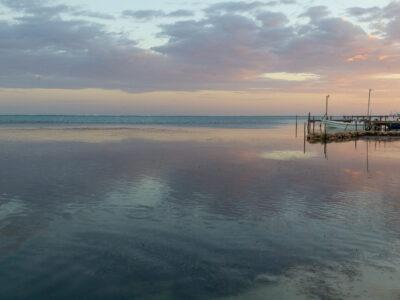

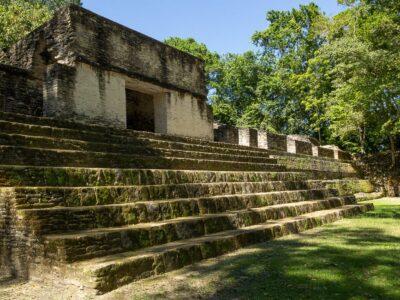
I’ve been to Belize and never saw any of these! I’ll have to go back!
There’s so much in Belize. Enough for several trips!
I’ve seen some videos of this place but have never been there myself. So, looking at these pictures. Makes me want to go there. Thank you for sharing!
Thanks for reading 🙂
I love this post! Thank you! So many amazing places to explore 🧡
Belize is full of gems.